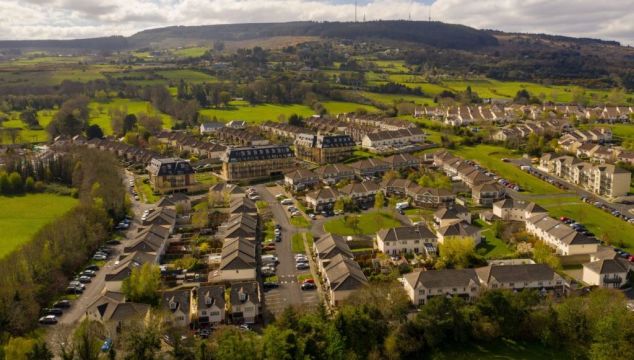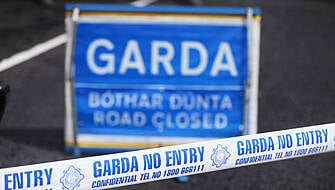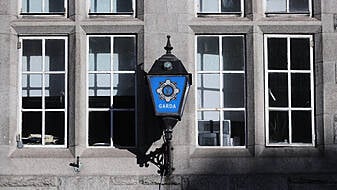A two-tier mortgage market will see thousands of householders hit with repayment hikes of up to 3.5 per cent as they emerge from fixed rates with some non-bank lenders this year.
The doddl Mortgage Switching Index shows that while some pillar banks have reduced their rates by up to 1 per cent, non-bank lenders are stuck at the height of the market due to different funding models.
It means mortgage holders with these institutions could face repayment rates of over 6 per cent when they exit their fixed arrangement.
There has been a recent surge in switching, driven by the downward movement in mortgage interest rates, with approvals up 24 per cent annually to the end of June.
The Q2 doddl.ie Mortgage Switching Index reveals a €7,200 difference in annual payments between the highest and lowest mortgage rates currently available, highlighting a significant opportunity for homeowners to save by switching.
With standard rates ranging from 3.6 per cent to 6.9 per cent, homeowners could save as much as 602 euro per month by securing the lowest rate, based on the average new mortgage drawn down in the last quarter of €309,679 over 25 years.
The savings are even more for those eligible for green rates, which are the lowest on the market at 3.45 per cent.
Chief executive of doddl.ie Martina Hennessy said the thousands of borrowers whose mortgages are with the non-bank lenders should shop around and get market-based advice when they come to the end of their fixed terms.

“There has been significant downward movement on rates recently. However, there is a large disparity across the market,” said Ms Hennessy.
“While banks can part fund their borrowing through their own deposits, non-bank lenders have to source on the open markets – meaning that they are struggling to remain competitive.
“In anticipation of the ECB’s first rate reduction in June, the four main lenders reduced rates by up to 1 per cent and rolled out new offerings, including up to 2 per cent cash back.
“However, non-bank lenders continue to offer rates which are in some cases over 2 per cent higher than the pillar bank rates.
“Non-bank lenders have a key role to play in the Irish mortgage market offering choice to consumers. However, for now, they appear to be curtailed in offering competitive rates due to their funding model.”
Mortgage holders who are coming off typical three-year fixed rates of 2.25 per cent could be rolling on to repayments of either 6.7 per cent variable or 5.75 per cent to secure another three-year fixed rate.
This is 3.5 per cent more than they locked in originally and could mean monthly increases of €579 on an average mortgage of 300,000 euro over a 25-year term.
“As part of their funding mix large retail banks are able to subsidise their mortgage lending costs by using deposit holder funds, on which they offer little return,” said Ms Hennessy.
“This results in a competitive advantage for bank lenders who have a lower cost of lending and can therefore reduce rates.
“Non-bank lenders do not hold deposits and as such are reliant on markets to fund lending.
“The current market presents a great opportunity for mortgage holders to make substantial savings.
“Switching could be a game-changer for many Switcher packages are an added incentive, ranging from €1,500 right up to 2 per cent of your mortgage back in cash.”







